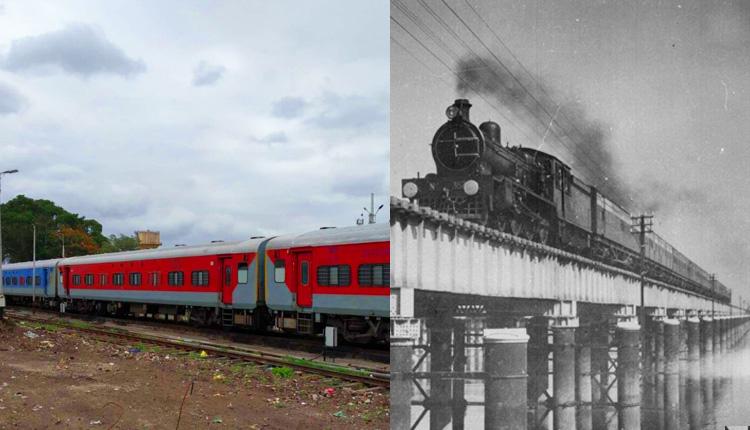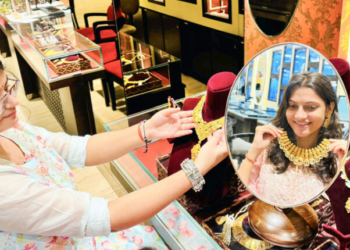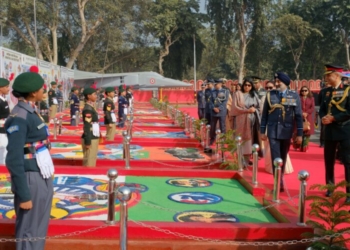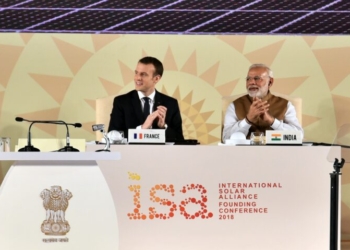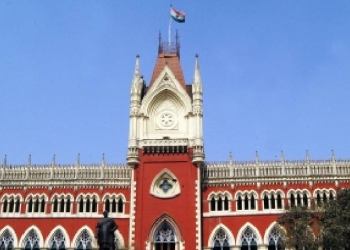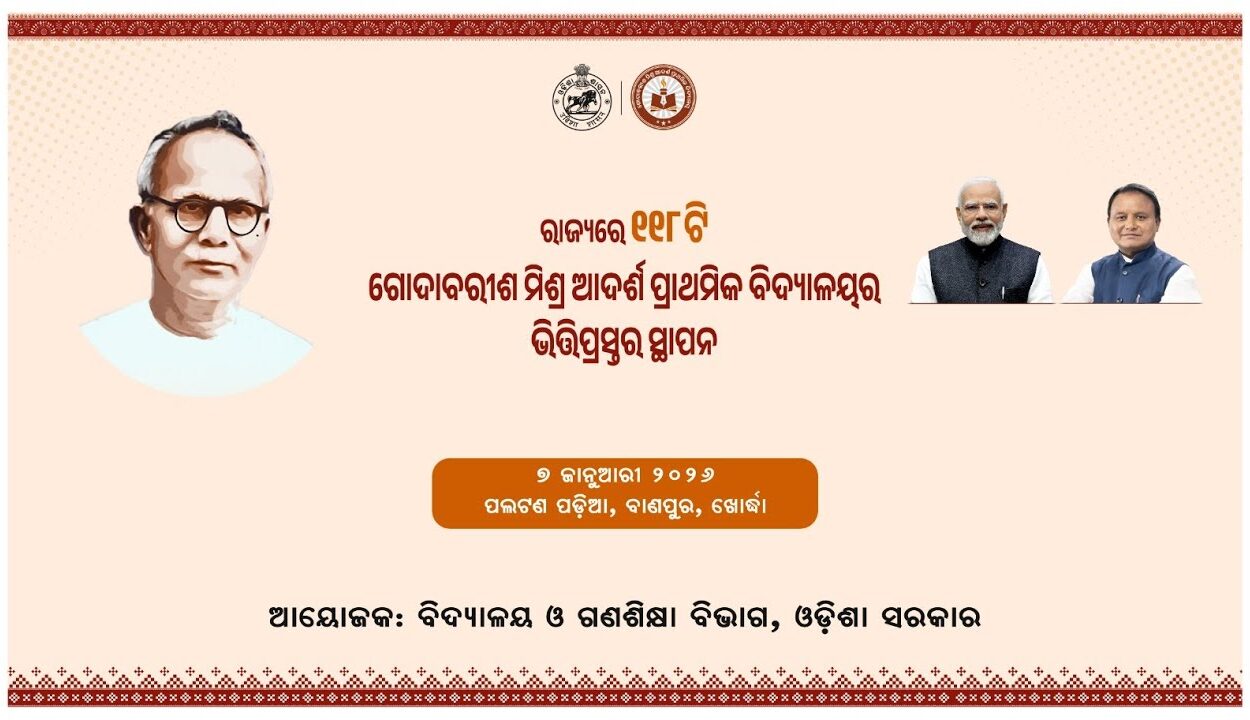Mumbai: The favourite train of the diamond fraternity and tourists, Flying Ranee Express, partly a double-decker, zooming between Mumbai-Surat since 1906, will get a new look from Sunday – the comfortable and speedier LHB rake, a Western Railway official said here on Saturday.
The train (12921/12922), first described as the ‘Queen of the West Coast’, has been serving the diamond polishing hub of Surat and the country’s commercial capital Mumbai since its inception 117 years ago in 1906.
It makes the 265-km journey in around 4 hours, 40 minutes, averaging around 80 kmph and is popular with commuters travelling between the two cities, the ‘angadiyas’ (traditional couriers) community, the vacationers thronging beaches dotting its route and those going to work in either city.
Under the new LHB ‘avatar’, the train will have 21 coaches comprising air-conditioned chair cars and second-class seating coaches, reserved as well as earmarked for season ticket holders, a ladies only coach, a ladies season ticket holders coach and a general coach, etc., said WR Chief Spokesperson Sumit Thakur.
Introduced first in 1906, the classic Flying Ranee was touted as a train destined to make history for its speed and affordability as well as a ‘single fare for return journey for ladies’, but for certain reasons it was discontinued in April 1914.
Then, on a warm sunny morning, the Flying Ranee was re-introduced as a weekend special train from May 1, 1937 – in the period marking the Coronation of King George VI in December 1936 — the grandfather of the present King Charles III of the United Kingdom.
A thrilled local well-wisher had gifted saris and dhotis to all the excited passengers travelling on the inaugural run of the train.
But its journey lasted for just two years – when Flying Ranee was again ‘derailed’ due to the outbreak of World War-II when civilian travel was severely restricted to make way for military trains.
Thereafter, in Independent India, on November 1, 1950, the Flying Ranee roared again with 8 coaches from the Surat station, gaily decorated with buntings, flags, flowers and festoons, the then Surat Collector M. K. Deshpande broke the auspicious coconut and sprinkled its water on the steam engine before it puffed out.
This time it became the Flying Ranee’s permanent, daily service avatar that has continued uninterrupted for the past 73 years, with 14 stations en route, mostly linking to the popular beach resorts on the west coast of India in Maharashtra and southern Gujarat, where the weekend crowds thronged in that era.
In December 1979, it became the first and only superfast train that got 8 double-decker coaches and now Flying Ranee will be in another incarnation with the LHB rakes from July 16, but the double-decker coaches will be history.
The train has long been patronised by the Gujaratis, Parsis, Dawoodi Bohras, Memons and other communities having their homes or offices in either Mumbai or Surat, and many owning country homes in one of the coastal villages en route.
“My sister has been settled in Surat for over 40 years… We are in Mumbai and regularly travel to meet her family there, so we always opt for the Flying Ranee… both ways,” gushed a senior citizen, Abdul Hussain Kinariwala of Kandivali.
A veteran Bollywood journalist, Jivran Burman, recalled how – in the mid-1980s – several junior artistes working in the epic Ramanand Sagar tele-serial “Ramayana” (1987), used to travel by the Flying Ranee to reach the picture-postcard village of Umargaon where the shooting sets were erected for many months.
A Surat resident, Pankaj Panchal, a manager in a Mumbai diamond firm, commutes daily between the two cities and he loyally described Flying Ranee as ‘royal, punctual and dependable’ in all weathers, and he loves travelling on the upper deck of the train.
(IANS)




